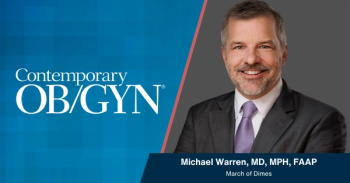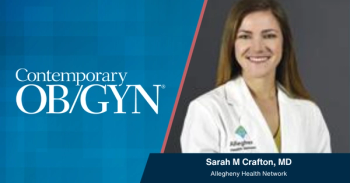
AAP declares standards of care for home births
The American Academy of Pediatrics (AAP) has issued a policy statement that advocates standards of practice for planned home births that are consistent with standards of practice for infants born in medical care facilities.
The American Academy of Pediatrics (AAP) has issued a
Although fewer than 1% of all births in the United States occur at home, the
The policy statement advises pediatricians to provide supportive, informed counsel to women considering home birth while retaining their role as child advocates in assessing that medical conditions are appropriate to home birth; that care will be provided only by a physician or midwives who are certified by the American Midwifery Certification board; that there will be at least 1 trained person present with primary responsibility for the newborn infant; and that transfer to a hospital because of unanticipated complications will be provided.
Care of the infant immediately after delivery should follow standards of practice from the AAP Guidelines for Perinatal Care, according to the statement, including immediate attention to warmth, resuscitation measures, and assignment of Apgar scores, followed with subsequent care practices and screenings indicated for the well newborn infant.
AAP concurs with the American College of Obstetricians and Gynecologists that birth in a hospital or birthing center is the safest setting for the infant, that women should be informed of the risks and benefits of home delivery for both mother and child, and that they have the right to make medically informed decisions about their deliveries.
The new policy statement also recognizes that parents who choose a home birth for their child should be supported with the same standards of practice and protocols that medical facilities would provide.
Newsletter
Get the latest clinical updates, case studies, and expert commentary in obstetric and gynecologic care. Sign up now to stay informed.















